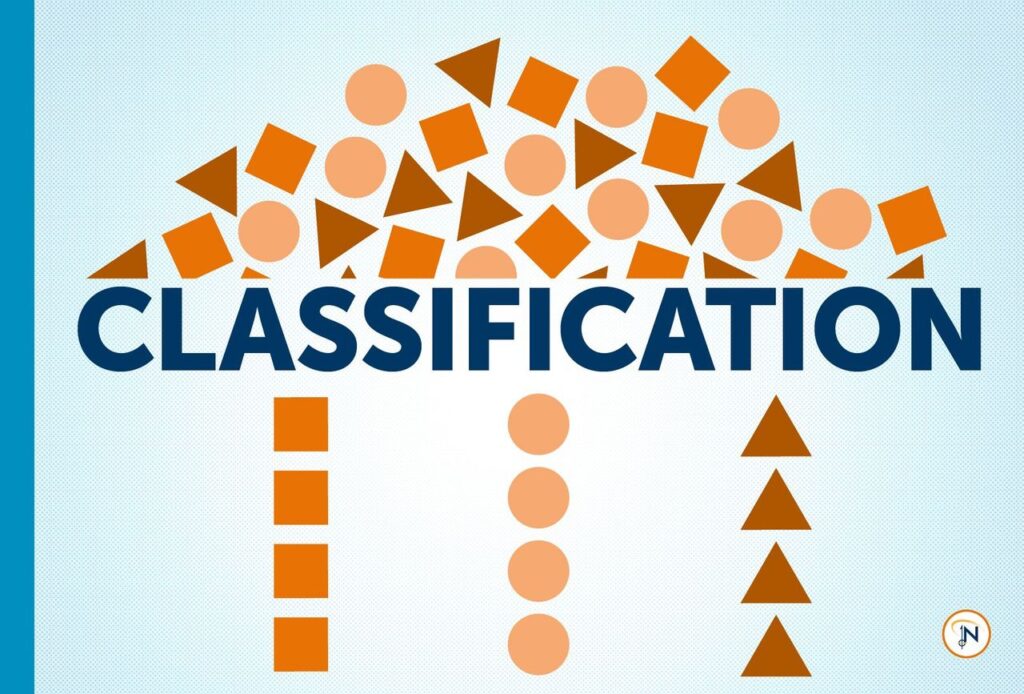We hear it all the time: What use is classification if I can’t make housing decisions based on it anyway? The concern is the same for small jails and overcrowded medium and large jails alike. When there’s no room to appropriately house everyone, why bother classifying them?
The fact is, classification serves more functions than simply answering the “who goes where” question, and it is in your jail’s best interest to classify everyone, regardless of your housing capacity.
Here’s why:
- Staff and inmates stay safer. Ideally, you would be able to group individuals by risk level and house them with others in their same classification group. This helps minimize safety risks to all involved. But when grouping isn’t even possible, classification can still help you quickly identify those who are most at risk of being dangerous to others and those who are most at risk of being victimized. Relying on intuition simply isn’t enough, no matter how experienced your team is.
- Your community stays safer. Using classification in jails can also inform security and release recommendations, and it can minimize escape, erroneous community placements, and recidivism. One of the last things you want is for your jail to fail to identify high-risk inmates and then allow them to participate in work release or other community programs.
- Inmates’ rights are protected. Classification also aims to protect the prisoner’s rights to avoid deterioration; to have access to rehabilitation programs, to be placed in a least restrictive environment; and to minimize the isolation of inmates from the community while simultaneously achieving the often opposing goal of public protection. A valid classification provides jail staff with a rational basis for such decisions.
- Jail management and consistency improves. Classification can help manage behavior within your jail because different custody levels frequently have different access to rewards and privileges. Allowing individuals’ behavior while in your jail to inform changes in classification level can help you regulate inmate behavior. A well-implemented classification system can be instrumental in conveying institutional rules and in generating consistent expectations and behavior.
If you’ve ever thought classification isn’t right for your jail, if you’re still relying on intuition and informal judgment calls, or if housing on a “space available” basis is all you have capacity for at the moment, we understand. You’re not alone. And, there IS a better way.
Classification is a critical part of your jail management, no matter how many beds you have. We can help you get started. Contact the experienced former practitioners at equivant to hear how they made the transition to classification in their jails, and how you can do the same. We’re here to help. Give us a call today.






